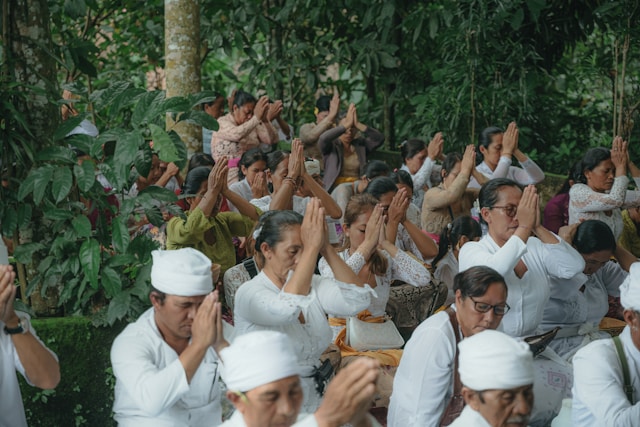
Balinese culture, which has existed for many centuries, is mainly found on the island of Bali. It is famously characterized by a unique form of Hinduism, which blends local animistic beliefs and ancient Indian cultures.
The island of Bali, Situated between the Indian and Pacific oceans lies Indonesia, which known as the world’s largest Muslim country. In the center of the archipelago, a small island called Bali is a home for Hinduism in a sea of Islam.
Based on the data from civil registration in 2023, Indonesia’s Hindu comprises 1.68% of its 270 million people. To make it exact, there is a total of 4.7 million of Hindu that mostly concentrated at the island of Bali.
The next question that often arises from different people will be, “How did Hinduism and Balinese culture manage to thrive on a small island in an archipelago dominated by other religions?”. To answer this question, we need to explore some key factors that influenced to this unique aspect’s of Bali’s culture, religious identity, and tradition.
What are the cultural practices and traditions in Bali?

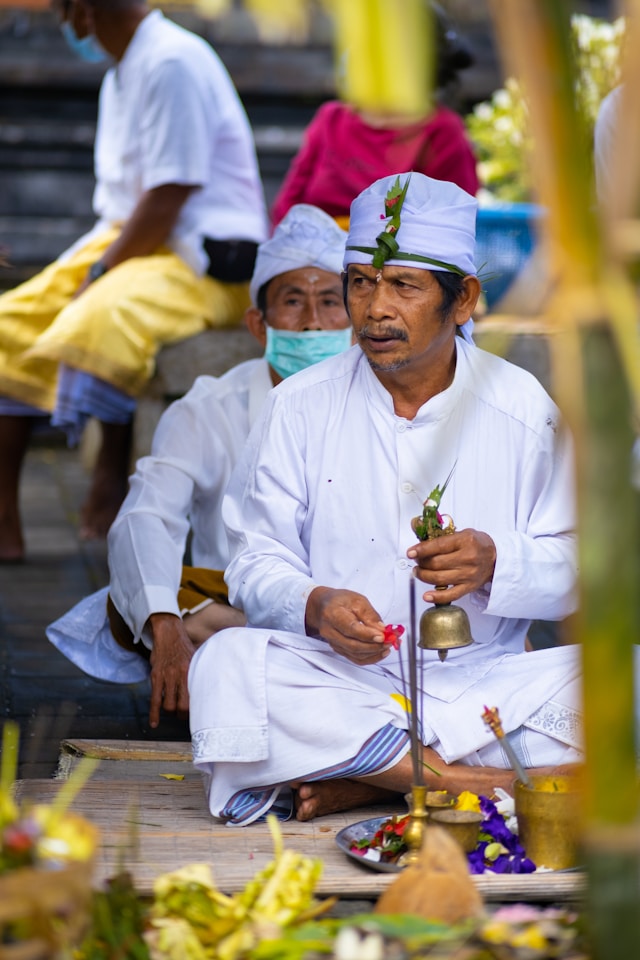
Hinduism played a big role in shaping Balinese culture and Balinese tradition throughout the history. Hinduism in Bali is a distinct form of Hindu worship that incorporating ancestor worship, local animism, and buddhist teachings.
In addition, Balinese Hindu used the concept called “Tri Hita Karana“. This teaching focus on harmony between humans, natures, and the divine. This philosophy majorly influenced Bali’s architecture, art, culture, and daily life of the Balinese people.
Balinese festivals, dances, music and ceremonies are deeply influenced from the Hindu beliefs. Sacred celebration like Galungan, Nyepi, and Saraswati are still practiced with traditional rituals. Furthermore, these celebrations unites Balinese communities across the island.
The Hindu caste system also influences social structure and roles within Bali, although it is less strict than in India. Nevertheless, the caste system remains an integral part of Balinese Society.
How Has Bali Culture Survived and Remained Relevant in Modern Times?
Bali’s unique cultures survived and thrived through many centuries, despite bombardment and influences from the Dutch colonization and global modernization. Today, these cultures remain the backbone of Bali’s identity which represents the resilience of the Balinese people.
Many opinions revolved mentioning that Bali’s geographical isolation played a big role in the preservation of their culture. During the Dutch colonization and spread of Islam throughout Nusantara, Balinese society maintained a strong attachment to its traditional values and ways of life.
In this section, we will be looking at 3 main historical events that contribute to shaping Bali’s cultures, traditions, and identities.
Majapahit Kingdom and Its Influence on Hinduism
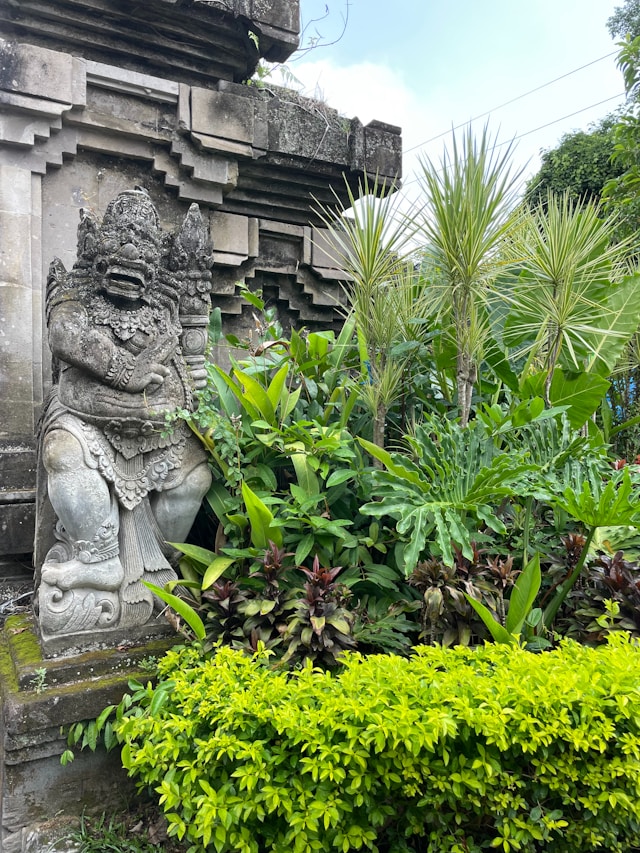
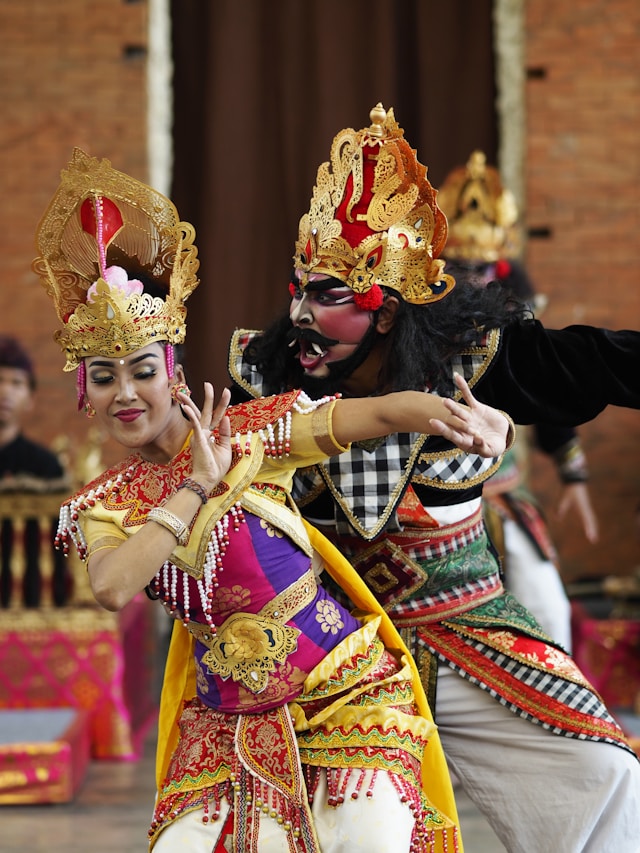

In 1292, Bali gained its independence from the Javanese kingdom after the death of Kartanegara. However, The Majapahit Empire under Patih Gadjah Mada conquered Bali in the 14th century. Once again, the island of Bali fell under the Javanese control.
The arrival of Majapahit signifies the beginning of cultural and religious integration. The Majapahit brought Hinduism to Bali and made it a dominant religion in the region, which remains until today. Furthermore, the Majapahit rulers introduced their governance system and administrative practices to Bali.
Also during this time, the Majapahit introduced their architectural styles and urban planning to Bali. The famous landmark that is still visible in Bali, for instance, is the famous Besakih Temple located at Karangasem. According to the Balinese locals, this temple considered the largest and most important temple in Bali.
The arrival of Majapahit also influenced Balinese art and culture, as seen in Balinese traditional dance, carvings, literature, and puppetry. All these cultural objects clearly show a fusion of Balinese and Javanese aesthetics.
Arrival of Islam in Java and Migration to Bali
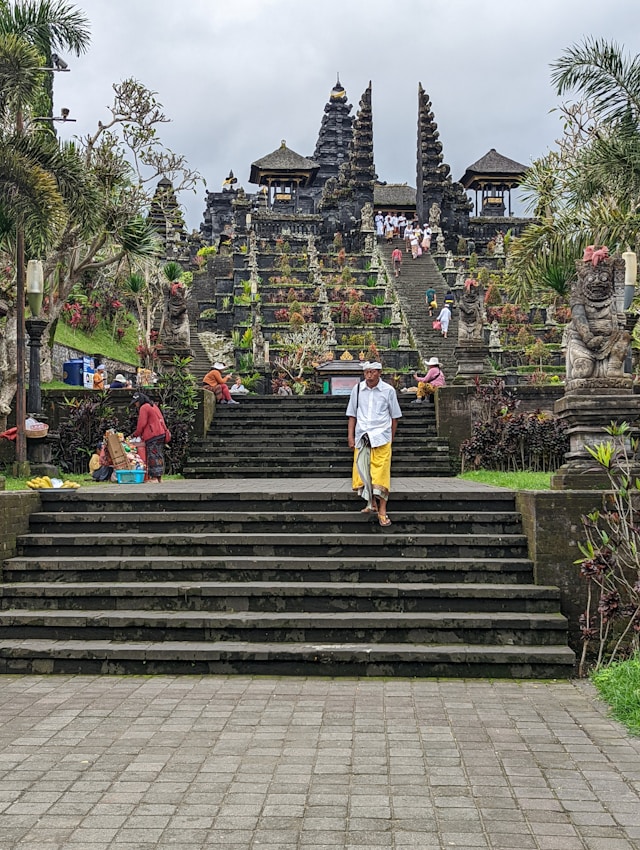
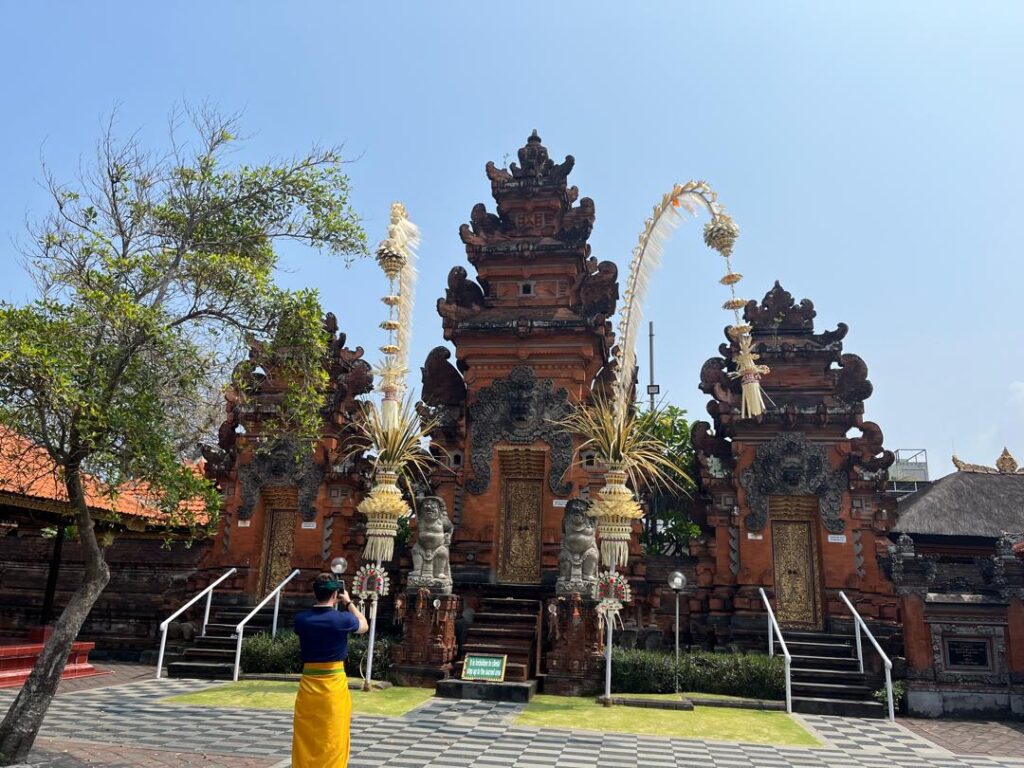
The fall of the Majapahit empire in the 16th century occurred due to internal civil wars and political issues. Furthermore, the rise of the Islamic sultanate like the Demak Sultanate and its expansion weakened the Majapahit kingdom even more.
By the early 1500s, Demak sultanate successfully conquered the Majapahit capital and ending the dominance of Majapahit throughout the island of Java. This conquest effectively ending the presence of Buddhist-Hindu empire.
By the early 1500s, the Demak sultanate successfully conquered the Majapahit capital and ended the dominance of Majapahit throughout the island of Java. This conquest effectively ended the presence of the Buddhist-Hindu empire.
Bali’s ruling elite has a strong connection to Majapahit royalty. They maintained strong connections to Majapahit’s legacy and made Bali the cultural center of Majapahit values. The unique cultural presence solidified Bali’s unique identity as a unique Hindu enclave in Indonesia. To conclude, the influence of Majapahit remains an integral part of Balinese culture up to this day.
Role of Balinese Kingdoms in defending Balinese Culture, tradition and Identity
The Royal Balinese kingdoms played an important role in shaping and defending Balinese heritage throughout the centuries. Particularly during the Dutch colonial era and post-independence era of Indonesia.
Dutch conquest to Bali
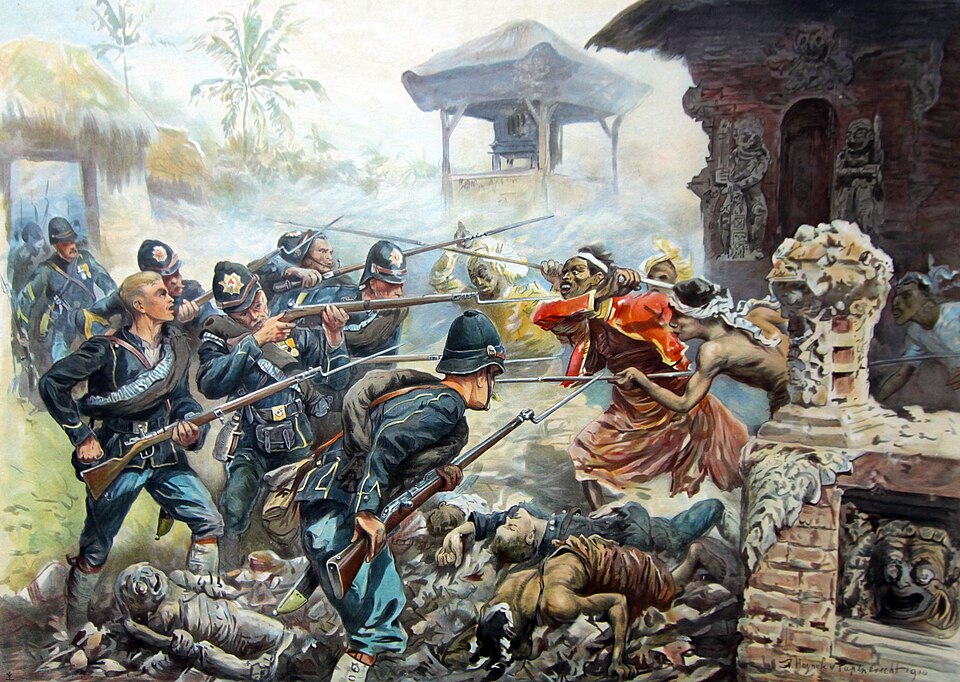
In the 19th century, the Dutch began their conquest of Bali, which failed for a few times due to a stiff resistance from the Balinese kingdoms. The local people determined to protect their sovereignty and identity from the colonizer.
However, the Dutch finally took control of the island after several battles in Badung and Klungkung between 1906 and 1908. After their defeat, the Balinese locals performed puputan or mass ritual suicides where Balinese royals and commoners chose death over surrender. This action symbolizing the Balinese commitment in defending their culture and traditions.
Even after Dutch gained control over Bali, the surviving Balinese kingdoms remained as the guardian of Balinese culture and tradition. The Dutch found it challenging to implement their colonial systems due to the resilience of Balinese people in practicing their culture.
The royal courts continued to be the centers of cultural and religious activities throughout Bali. These actions were vital in keeping the Balinese identity during the rough times of foreign occupation.
Independence from the Dutch and Modern Times
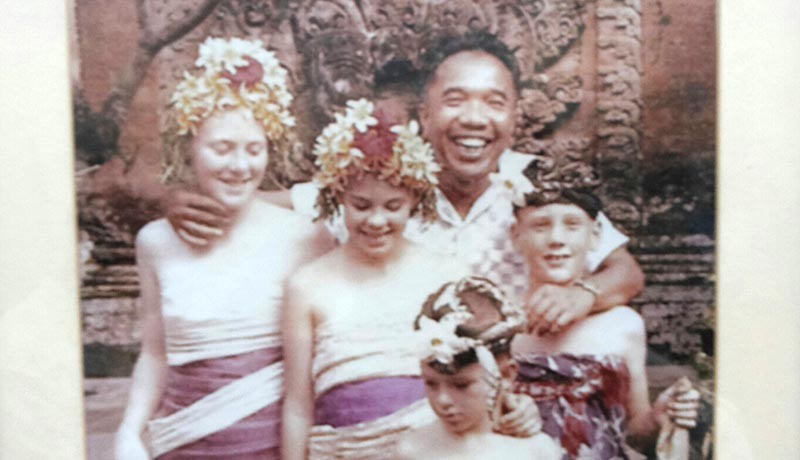
After the independence of Indonesia, Bali became part of the new republic. The royal families remained as a key player in preserving Balinese culture in modern times. The Royal Family of Ubud, under the leadership of king Tjokarda Gede Agung Sukawati played a significant role in preserving the culture during the 20th century. He made Ubud to be a cultural hub of Bali by fostering collaborations between local artists and foreign visitors.
His action helped in promoting Balinese culture on the global stage. Moreover, Tjokarda Gede Agung Sukawati and his successors successfully used tourism as a platform to promote Bali’s traditional cultures and traditions and ensure that it would not erode Balinese identity.
Other royal families worth mentioning are the Klungkung and Karangasem royal families. Both Klungkung and Karangasem royal families contributed in preserving culture during colonial rule and modernization era. They also acted as a guardian that ensures temple rituals, religious festivals and artistic traditions remain vibrant.
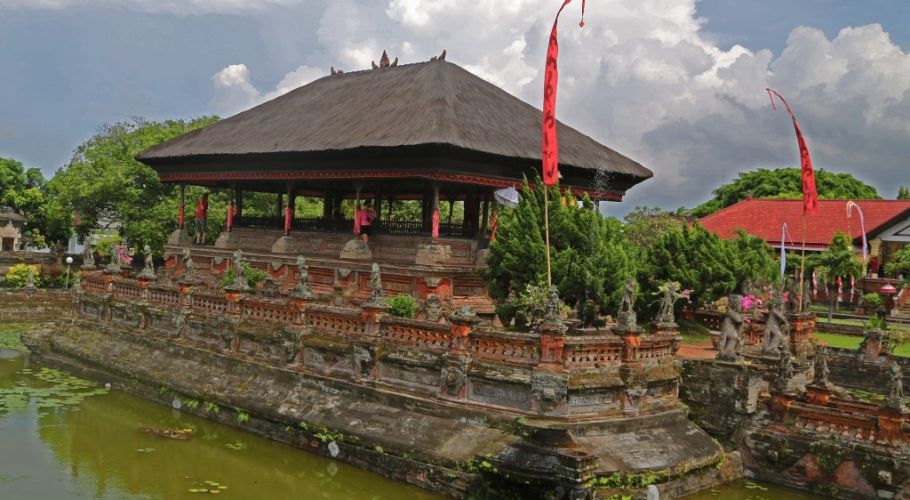
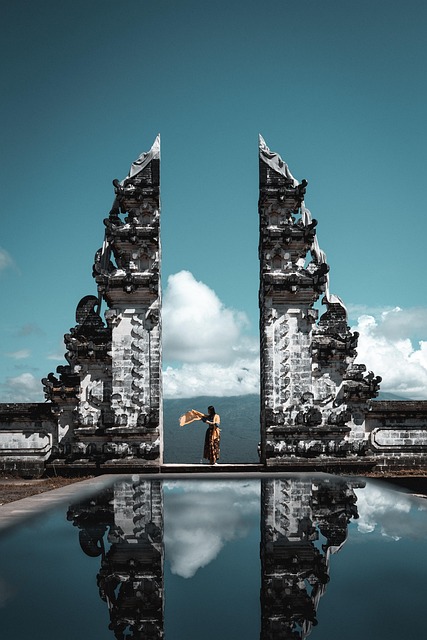
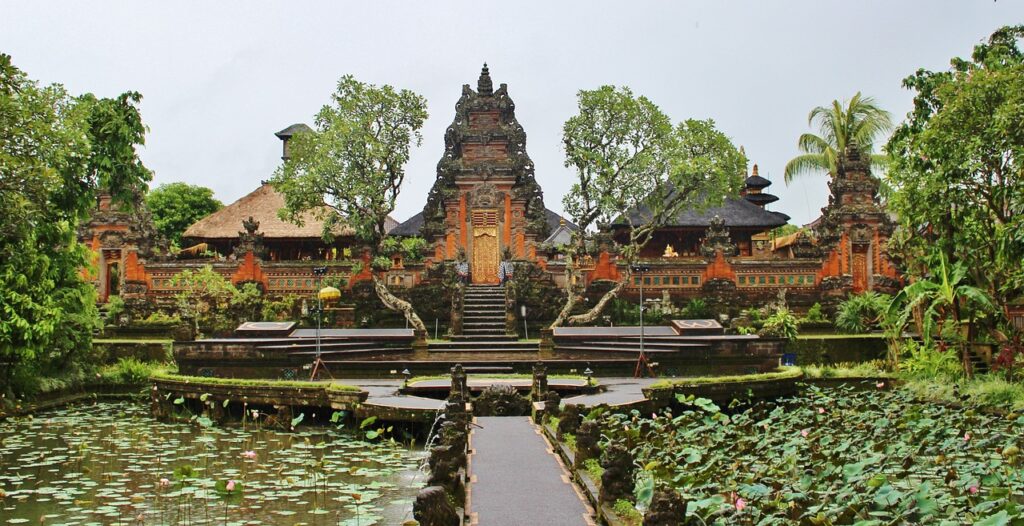
Their contribution can also be seen not only on culture and tradition but also physical legacies. These are the list of notable architectural heritage built by the royal families of Ubud, Klungkung, and Karangasem:
- Puri Saren Agung (Ubud Palace)
- Puri Agung Klungkung (Klungkung Palace)
- Taman Ujung Water Palace
- Tirta Gangga Water Palace
- Pura Lempuyang (lempuyang Temple)
Even today, descendants of Balinese royal families remain as the guardian of Bali’s cultural heritage. They still plays an active role in promoting cultural activities, religious ceremonies, and traditional arts globally. The resilience of the royal families ensured that the culture remain vibrant despite of the external pressures in modern times.
Balinese Cultures in modern-days Indonesia
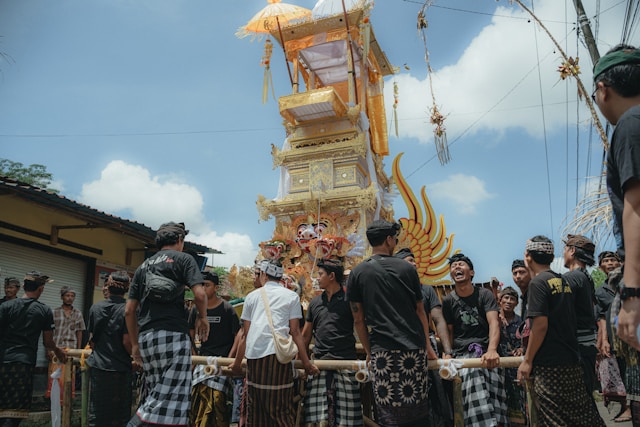

In modern Indonesia, Balinese culture remains intact and vibrant where it became essential part of national identity. Despite external influences from tourism and globalization, Bali successfully preserved its culture, tradition, and identity.
Important influence from the royal families and strong community efforts from the local people ensured the Balinese culture to thrive. In addition, it became an important factor that balance modern development with it rich culture and spiritual legacy.
Both domestic and international tourists visiting Bali can still experience these vibrants practice of culture and tradition. Culture and tradition remain as an integral part of everyday life of the Balinese people.
References
https://bali.com/bali/travel-guide/culture/brief-history-of-bali/
https://www.introducingbali.com/history
https://www.anyplace.com/blog/posts/bali-culture
https://www.nusabali.com/berita/646/tjok-gde-agung-sukawati-perintis-dan-pembaharu-pariwisata-budaya
